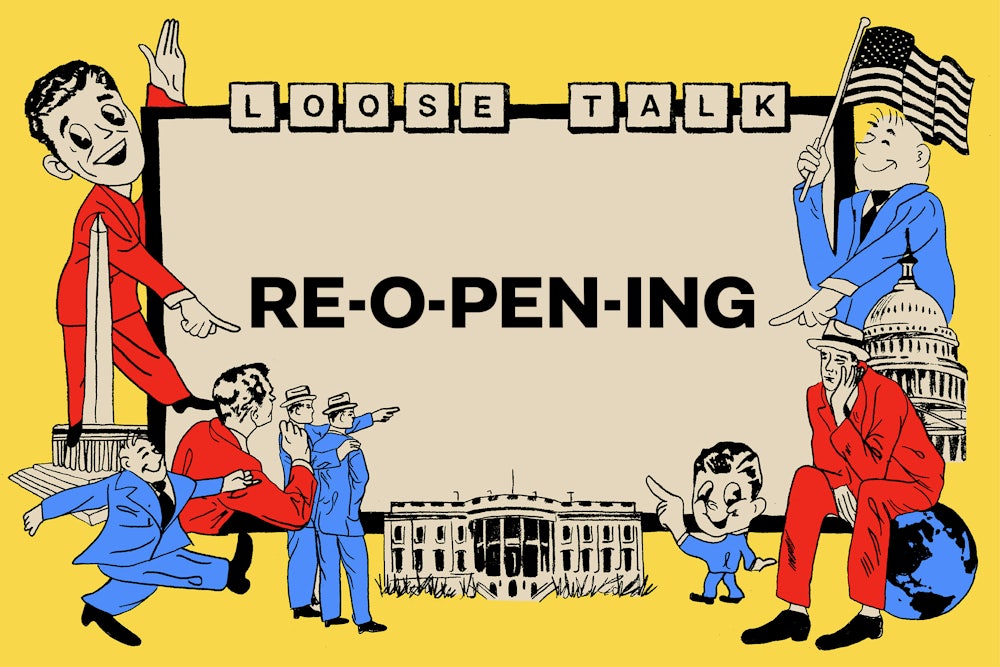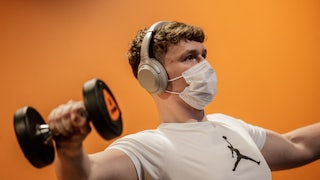Governor Gretchen Whitmer announced that Michigan would “open to full capacity” on June 22, when the state rescinded mask mandates and restrictions on indoor and outdoor gatherings. At a celebratory press conference at Detroit’s Belle Isle Park, she proclaimed, “our Pure Michigan summer is back” (a reference to a ubiquitous state tourism slogan). One might have expected the “reopening” celebration to take place indoors, to mark a return to pre-pandemic normalcy. But rather than convening in a previously shuttered theater or office, Whitmer stood in the summer sun, speaking of comebacks and resilience to a sparse crowd of reporters and officials.
Dozens of other states are celebrating, as they, too, lift the restrictions put in place during the pandemic’s worst months. New York Governor Andrew Cuomo organized fireworks displays, calling the reopening a “return to life as we know it.” California’s Gavin Newsom, flanked by various minions from the Despicable Me movie franchise, announced lottery prizes worth more than $1 million apiece for those who had been vaccinated, saying that his state had “turned the page on the pandemic.” But the triumph these governors aimed to project was shadowed by the creeping anxiety that still surrounds pernicious Covid variants.
Besides this uncertainty, the word “reopening” also raises a few questions: What was ever “closed,” when, and for whom? Americans continued to order pizza, buy groceries, and take their trash to the curb, confident that someone would grow their food, make it, package it, deliver it, and take the waste away regularly. Certain places were closed—like movie theaters and ballparks—and plenty of businesses went under during the pandemic. Other workplaces migrated online. Much else, though, like nursing and home health care, carried on. So while “reopening” makes sense in some cases, the note of shared victory that accompanies it is, alas, a bit misplaced. Essential work has carried on throughout the pandemic, and it was rarely compensated fairly, given the dangers.
The American business system is sustained by many imaginative turns of phrase that tell us that our working lives, which are generally boring, hot, tiring, frustrating, and painful, are actually a theater of weightless magic and artistic whimsy. We are told, for instance, that risk-taking entrepreneurs (rather than self-dealing executives) and creative innovators (instead of overburdened workers) drive capitalism. But that fantasy relies on another, central myth: that of “the marketplace.” We all know the marketplace is an abstraction, but we talk about it like a medieval market town, a bounded place where we arrive with our ideas, skills, products, and labor and compete for the fair rewards of a free economy. That’s why we can talk, against logic and our own experience, of “reopening” the American economy as though it were a public square that could simply be opened and shut. But Covid, not unlike the market itself, is persistent, and pervasive. If only entering and exiting the pandemic were as easy as our governors suggest.








